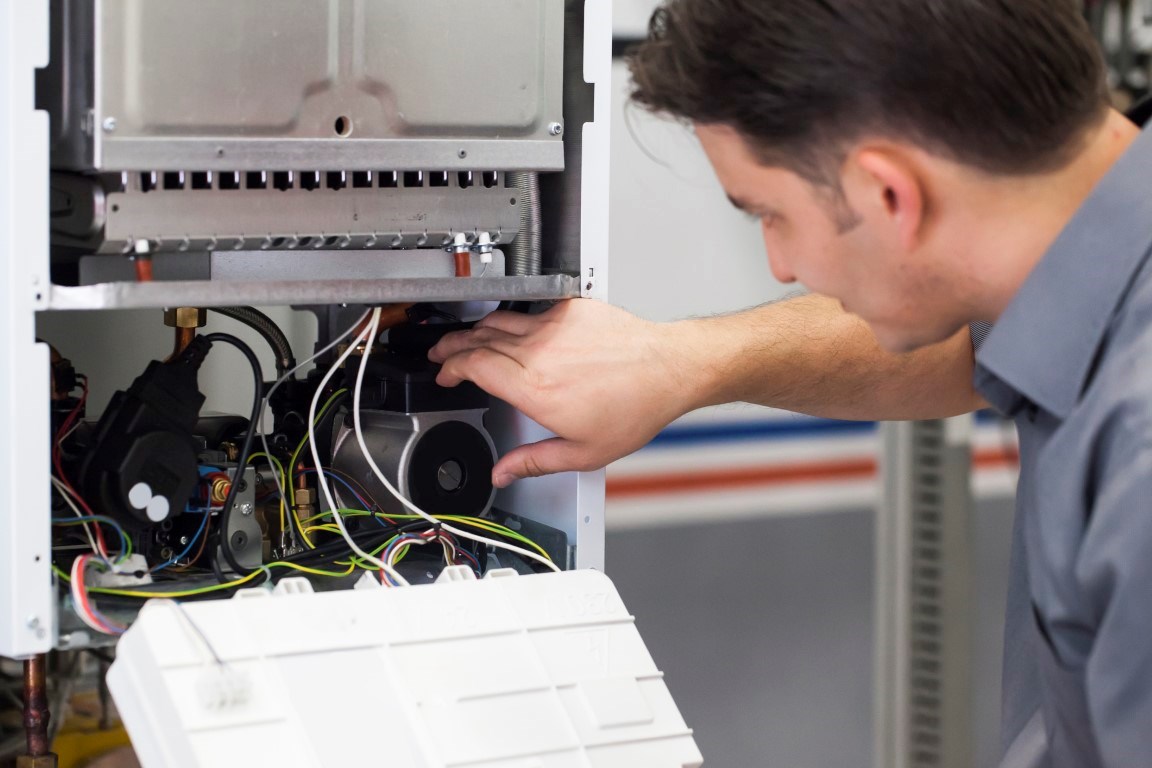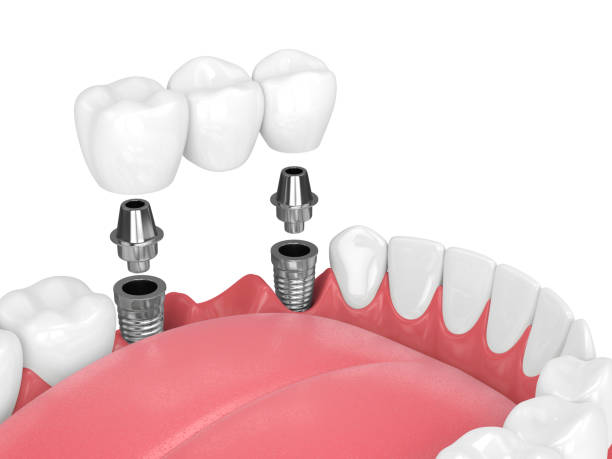Homeowners often wonder how long their furnace should last and when it’s time to replace it. A furnace is one of the most important systems in your home, especially during cold months when you rely on steady and reliable heating. But what if your furnace has been around for two decades? Is it worth replacing a 20-year-old furnace, or can it still run efficiently with regular maintenance?
Let’s take a closer look at the signs, benefits, and financial aspects to help you make a smart decision.
How Long Does a Furnace Usually Last?
Most furnaces last between 15 to 20 years, depending on their maintenance, usage, and model. If your unit has already hit the 20-year mark, it’s reaching the end of its expected lifespan. Even if it’s still running, an old furnace is often less efficient, uses more energy, and can break down suddenly — especially during peak winter when you need it most.
Over time, components like the heat exchanger, blower motor, and burners wear out. These parts can be expensive to repair, and sometimes the cost of fixing them outweighs the cost of a new unit.
Signs Your Furnace Might Need Replacement
Before deciding, check for a few warning signs that your system may be failing:
-
Frequent repairs: If you’ve called for repairs multiple times in the past two years, your furnace may be on its last legs.
-
Uneven heating: Older systems struggle to maintain consistent temperatures throughout the home.
-
Rising energy bills: Aging furnaces lose efficiency, making your energy costs climb even if your usage hasn’t changed.
-
Strange noises or smells: Rattling, popping, or burning odors can signal worn-out parts or safety concerns.
-
Difficulty starting: If your furnace hesitates to start or short cycles, it’s another sign it’s nearing the end.
When these problems start appearing, it’s often more cost-effective to invest in a new unit rather than continue patching up an old one.
If you decide to upgrade, consider consulting professionals who specialize in Furnace Installation Services in Pell City, AL. Expert installers ensure your new furnace is correctly sized and properly set up, improving energy efficiency and comfort for years to come.
Benefits of Replacing a 20-Year-Old Furnace
Upgrading to a new furnace comes with several long-term advantages:
-
Improved Energy Efficiency: Modern furnaces are designed with high-efficiency technology, meaning they use less fuel to produce the same amount of heat.
-
Lower Utility Bills: With improved efficiency, you’ll likely see noticeable savings on your monthly heating costs.
-
Better Comfort and Air Quality: New systems provide steady heat and better airflow, helping reduce cold spots and humidity issues.
-
Peace of Mind: A reliable new system minimizes the stress of unexpected breakdowns during freezing nights.
-
Increased Home Value: Replacing an outdated heating system can also increase your home’s resale appeal.
While the upfront cost of a new furnace can feel significant, the combination of energy savings, reduced repair costs, and added comfort often makes the investment worthwhile over time.
Cost Factors to Consider
The total cost of replacing a furnace depends on several elements such as the unit type, fuel source, home size, and labor fees. On average, homeowners spend between $3,000 and $7,500 for a new installation. High-efficiency models may cost more initially but can save money in the long run through lower energy consumption.
You should also factor in professional installation and any necessary ductwork adjustments. Hiring certified technicians ensures your system operates safely and meets local codes.
Why Professional Help Matters
Installing a furnace isn’t a simple DIY task. Proper installation affects everything from safety to performance. A poorly installed furnace can lead to gas leaks, uneven heating, or higher energy bills. Professionals perform accurate load calculations, select the right unit size, and verify that ventilation systems are working correctly.
Regular maintenance is equally important. Scheduling annual tune-ups helps keep your furnace running efficiently and extends its lifespan.
A Note About Coosa Climate Control Heating/Cooling
Many homeowners in Alabama have found excellent results with Coosa Climate Control Heating/Cooling, a trusted name known for reliable heating and cooling services. The company focuses on providing quality workmanship, fair pricing, and dependable customer care. They have become a go-to choice in the area for anyone looking for energy-efficient heating options or trustworthy service technicians. Their experience and commitment to quality make them a reliable resource for anyone planning a system replacement or upgrade.
Energy Efficiency: The Hidden Savings
Replacing a 20-year-old furnace isn’t only about avoiding breakdowns — it’s also about saving money over time. Older systems often have efficiency ratings of 60%–70%, while modern high-efficiency furnaces can reach 95% or more. That means you get more heat output from every dollar spent on energy.
Upgrading can also qualify you for rebates or tax incentives, depending on your location and the model you choose. Always check with your local energy provider for available programs.
Environmental Benefits of a New Furnace
Newer furnaces aren’t just efficient — they’re also better for the environment. Improved combustion technology and tighter controls mean fewer emissions and a smaller carbon footprint. Choosing a modern, energy-efficient system supports sustainability and helps reduce waste from frequent part replacements.
If you’re researching local experts who can help with a seamless installation, you can rely on Furnace Installation Services in Pell City, AL to guide you through the process. Professional installers can help you select a furnace that fits your home’s heating needs, budget, and energy-saving goals.
Making the Final Decision
So, is it worth replacing a 20-year-old furnace? In most cases, yes. While it might still be working, it’s likely using more energy and costing you more in the long run. A new furnace brings better performance, lower energy bills, and greater peace of mind.
Before making the switch, have a professional perform a full inspection. They can assess your furnace’s condition, efficiency, and repair history to help you decide whether it’s time for a replacement.
Conclusion
Replacing a 20-year-old furnace is a smart decision for many homeowners, especially if the current system is inefficient, noisy, or frequently needs repairs. A modern furnace offers improved comfort, lower costs, and enhanced reliability — benefits that far outweigh the initial investment.
Whether you’re upgrading for better efficiency or simply for peace of mind, always rely on qualified professionals for installation and maintenance. Taking the right steps now can help you enjoy a warm, comfortable, and energy-efficient home for many years ahead.







0 Comments